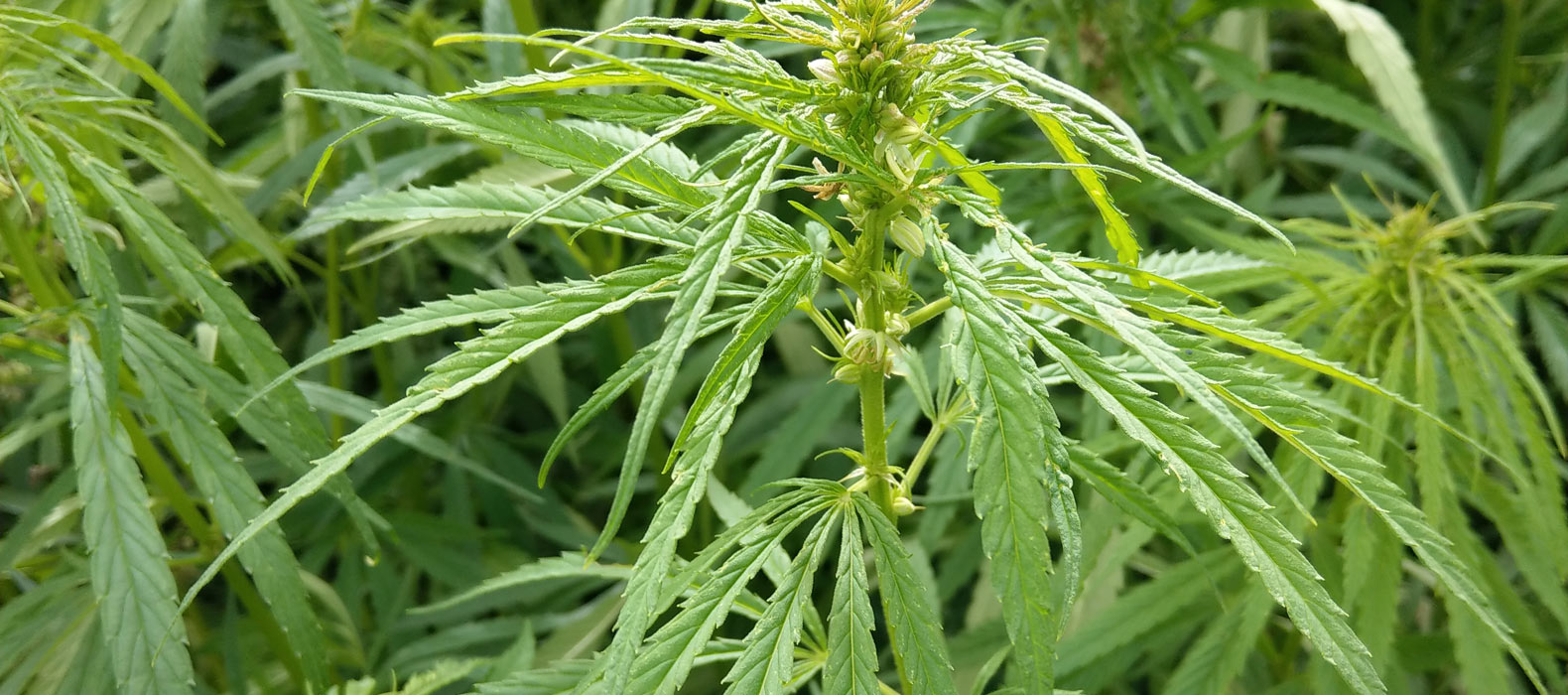Did you know, every single one of us has an endocannabinoid system (ECS) inside our bodies? Without this system, cannabis/CBD wouldn’t be able to have its therapeutic effects.
The endocannabinoid system regulates vital aspects of our biology, including sleep, mood, appetite and memory, and it is this biological system that interacts with the chemical compounds, such as cannabinoids a.k.a CBD to make everything run smoothly.
We’re about to embark on a big discovery of the ECS so if you’re keen to know more… read on!
HOW IT WORKS:
The endocannabinoid system has receptors scattered all over the body – the more receptors in an area, the bigger the affect by the cannabinoids. It also involves four main components: cannabinoids, enzymes, receptors, and neurons [1].
- Cannabinoids are molecules which produce an electrochemical signal when they bind to a target protein. Endocannabinoids and phytocannabinoids are produced within the body and plant naturally (endo-body, phyto-plant).
- Enzymes degrade and synthesize the endocannabinoids, breaking them down and incorporating them into the body.
- Receptors are located in the central and peripheral nervous systems (these are also where the binding sites and target proteins of the endocannabinoids are located).
- Lastly, neurons are specialized cells that receive, transmit, and process information through electrochemical signals known as neurotransmitters. These are connected to each other allowing information to flow through the body.
Basically, cannabinoids are molecules that trigger a specific process in the body when they attach to specific receptors of a neuron.
There are two main receptors – CB1 and CB2 – which are best compared to as locks [2] designed to be opened by a particular key. There are default keys (natural keys) called endocannabinoids which are created by the body itself. However, these receptors can also be ‘picklocked’ open by substances that are not produced by the body, but do fit into the endocannabinoid system. These ‘picklocks’ are the plant-derived cannabinoids such as CBD.

WHAT DOES THE ECS ACTUALLY DO?
This is still a million-dollar question. There is continuous research happening into the ECS and experts are still yet to determine all of its potential functions, however, it has been linked to the following processes via Research Trusted Source[3]:
- Appetite and digestion
- Metabolism
- Chronic pain
- Inflammation
- Mood
- Learning and memory
- Motor control
- Sleep
- Cardiovascular system function
- Muscle formation
- Bone remodeling and growth
- Liver function
- Stress
- Skin and nerve function
These functions all contribute to homeostasis – this is the stability of your internal environment. For example, if you get hurt from an injury or get the flu, this throws out your body’s homeostasis. This is when your endocannabinoid system kicks in to help your body return back to normal. As of today, this is what experts believe to be the primary role of your ECS – keeping you in tip top condition!

HOW DOES CBD INTERACT WITH THE ECS?
Research has shown that when CBD bonds with receptors in the ECS, it alters and/or improves the capabilities of that receptor, therefore improving its functionality [4]. Put simply, CBD is like a power-up boost for the endocannabinoid system and your overall wellbeing.
However, experts are still not 100% sure as there is still so much we don’t know. Some believe that CBD prevents endocannabinoids from breaking down, allowing them to have more of an effect on your body. Others think CBD binds to a receptor that hasn’t been discovered yet [5].
Some studies have shown that CBD has no particular binding affinity at all and instead, many of the therapeutic benefits of CBD are created through indirect actions on the ECS. These actions include activating TRPV1 Receptorswhich are involved in regulating pain, body temperature, and inflammation [6].
Lest to say, there is a lot still to be discovered about the exact workings of the ECS and how it interacts with CBD, however, ongoing scientific studies suggest that a better understanding could lead to the treatment of several symptoms and conditions.
Written by Celtic Wind Crops – Ireland’s Leading Hemp Cultivation & Processing Company
Sources:
- https://medium.com/leafbulb/a-simple-explanation-of-the-endocannabinoid-system-e6d56002372c
- https://cannabigold.pl/en/knowledge/how-cbd-interacts-with-the-endocannabinoid-system/
- https://www.ncbi.nlm.nih.gov/pmc/articles/PMC5877694/
- https://medium.com/cbd-origin/the-endocannabinoid-system-everything-you-need-to-know-1c38a648cafb
- https://www.healthline.com/health/endocannabinoid-system-2#thc
- https://cbdoilreview.org/cbd-cannabidiol/cbd-endocannabinoid-system/

